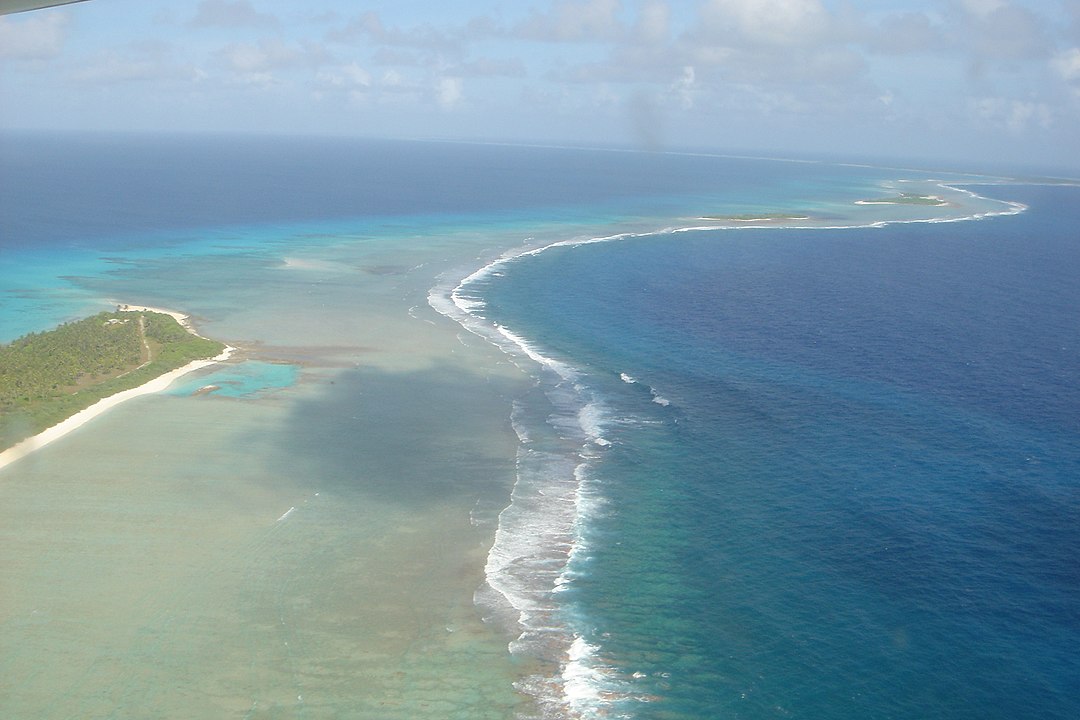Risk wears many faces. Some landscapes push human limits with heat or cold; others hide hazards in currents, gases, or living reefs. A few places are perilous because people should be left undisturbed. Together they form a map of edges, where curiosity must share space with ethics and caution. The aim isn’t thrill-seeking bravado. It’s perspective. These regions remind travelers that nature, history, and culture can demand distance, respect, or expert oversight long before a postcard view comes into focus.
Danakil Depression, Ethiopia

Salt flats shimmer beside neon hydrothermal pools while nearby Erta Ale breathes basaltic fire. Temperatures often exceed 115°F, and toxic gases collect in windless bowls. The ground can crust over thinly above acidic brine, turning a short step into a bad decision. Local extraction routes add logistical complexity far from advanced care. Scientists visit with protective gear and escorts. The beauty is extraterrestrial, but the margin for error is brutally small in one of Earth’s hottest, lowest basins.
Ilha da Queimada Grande, Brazil
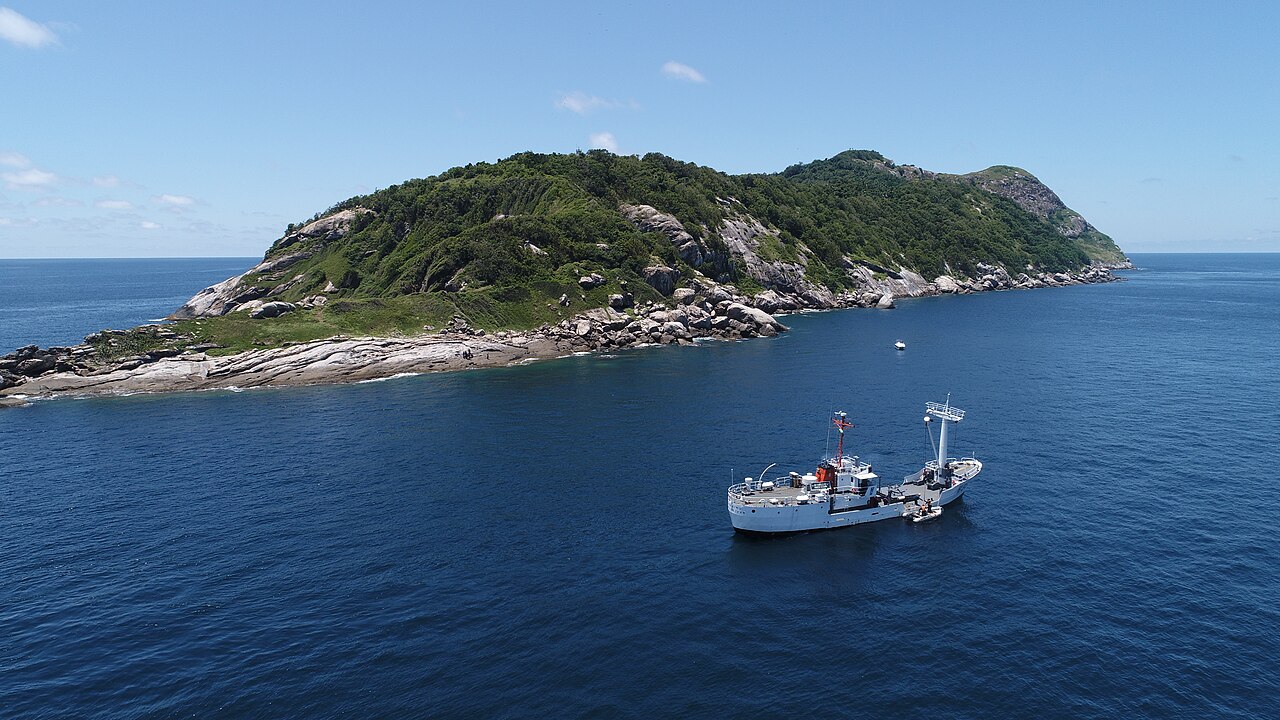
Better known as Snake Island, this Atlantic outcrop hosts thousands of golden lanceheads, a pit viper with a potent hemotoxic bite. There is no public access; permits are restricted to scientific teams with medics and radio contact. Trails vanish into scrub where canopy-level branches hang at face height—precisely where the snakes hunt birds. Rocky landings and sudden swell complicate any evacuation plan. From a safe offshore line, the island looks peaceful. On foot, it is emphatically not.
Yungas “Death Road,” Bolivia
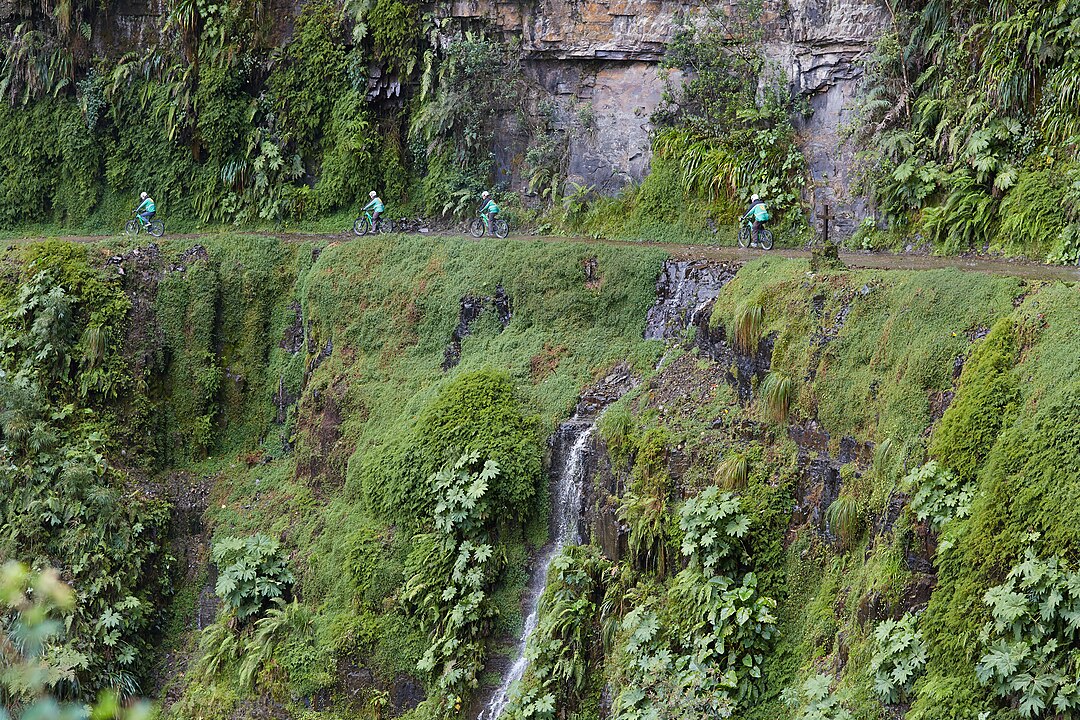
A single-lane shelf clings to cloud forest cliffs between La Paz and Coroico, with waterfalls drenching blind curves and thousand-foot drops unguarded by barriers. Fog, rain, and oncoming trucks raise the stakes. A newer highway carries most traffic, yet the original route still tempts cyclists and thrill seekers. Guides manage spacing and braking drills, but gravel marbles under tires and visibility changes without warning. The scenery is astonishing—ferns, parrots, and warm valley air—but the margin remains razor thin.
Chernobyl Exclusion Zone, Ukraine

Pine and poplar reclaim ghost neighborhoods while radiation lingers unevenly in soil, moss, and dust. Hot spots spike near debris and drainage channels. Professional monitors track dosage, routes change with wind, and geopolitical instability adds another layer of risk. The zone tells a sobering story about design, error, and time, visible in sarcophagi and empty schoolrooms. Distance is not just sensible; it is compassionate to workers still maintaining containment and to communities that bore the cost.
Lake Natron, Tanzania
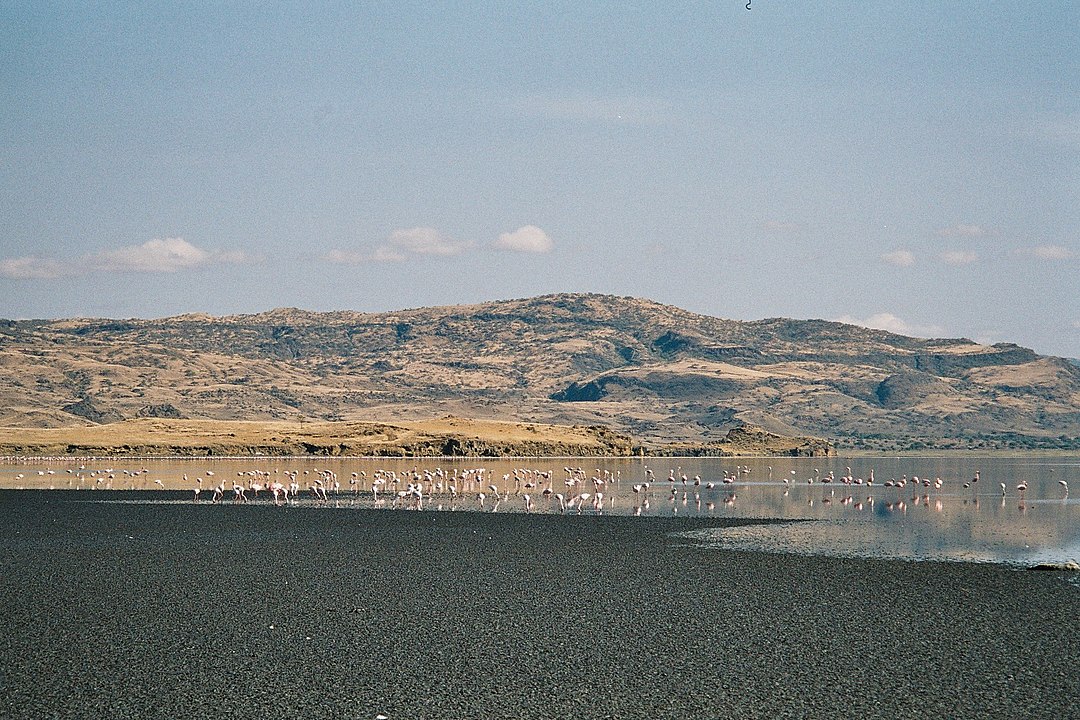
This soda lake bakes under East African sun until salinity and alkalinity climb. Shallow water can reach caustic pH, preserving fallen birds in mineral crusts that look sculpted. Cracks and mudflats lure feet into sticky traps under blazing heat. Lesser flamingos nest by the hundreds of thousands, and disturbance carries real ecological impact. The palette is surreal—reds, pinks, metallic whites—but safe vantage points sit well back from shimmering edges where the lake guards its own rules.
Khumbu Icefall, Nepal

Just above Everest Base Camp, a moving maze of seracs and crevasses forces climbers onto ladders lashed across blue voids. Blocks collapse without ceremony, especially in afternoon warmth. Sherpa teams set routes at dawn and still race the sun. Overhead avalanches add random risk, and altitude turns small errors into spirals. The icefall is short on a map and long in memory, a reminder that the world’s highest mountain hides its most dangerous puzzles near the beginning.
Skeleton Coast, Namibia
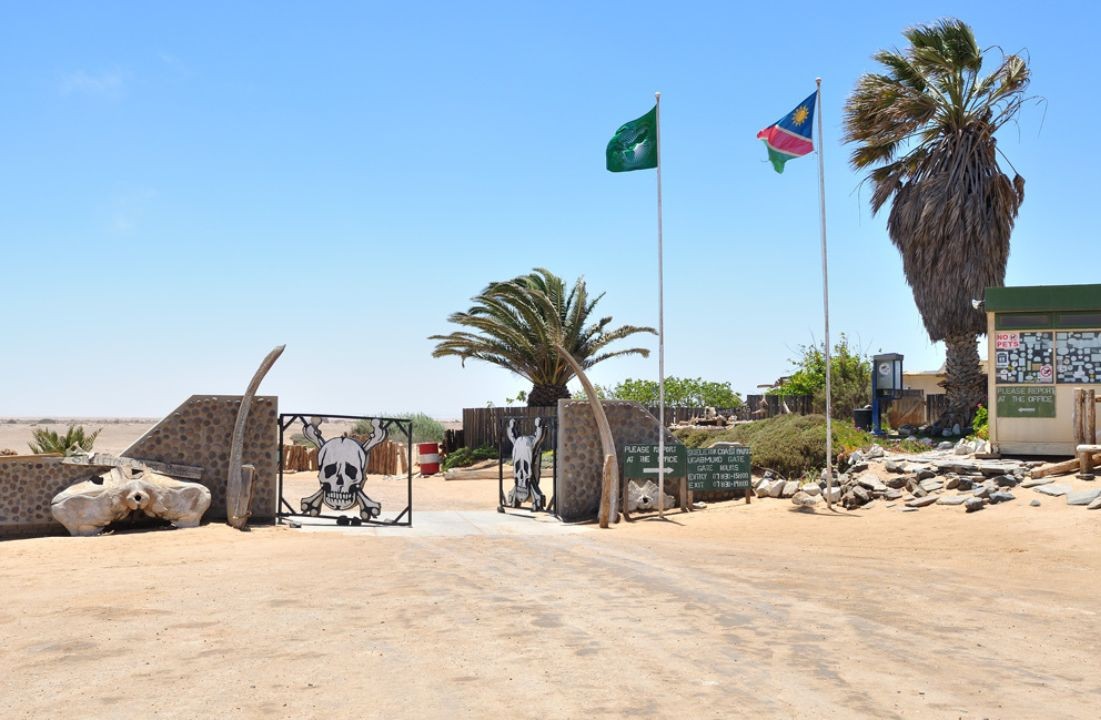
Atlantic swell hammers a fog-bound shore where cold Benguela currents meet desert air. Shipwreck ribs speckle beaches, and shifting sand bars move channels overnight. Inland, the Namib stretches waterless for days, with diamond-area restrictions complicating rescue options. Desert-adapted elephant and hyena pad through dry riverbeds, leaving a living pulse in an austere place. Guided convoys thread dunes and river canyons with satellite comms, because a stuck axle here can escalate from inconvenience to survival problem fast.
Bikini Atoll, Marshall Islands

Palm-fringed lagoons hide a nuclear legacy. Seabed wrecks draw divers, yet residual contamination and strict access rules shape itineraries. Dispersed communities still wrestle with displacement, food security, and health monitoring. Weather windows are narrow across remote Pacific miles where medical care is distant. Beauty and harm coexist in saturated blues, coral gardens, and caution tape around certain islets. Any visit demands permits, logistics, and humility before a landscape altered by tests that echo generations later.
Whakaari/White Island, New Zealand
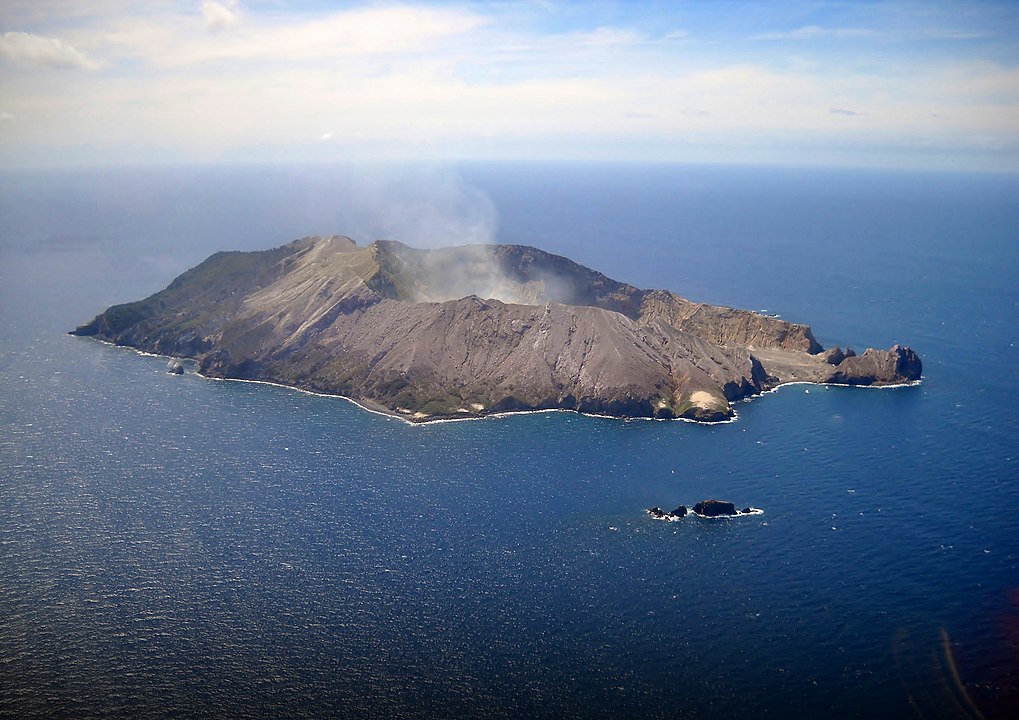
A steaming stratovolcano sits partly submerged off the Bay of Plenty, its crater floor pocked with fumaroles that can surge from hiss to blast with minimal warning. Acidic air stings eyes and lungs; loose ash and wet clay slide underfoot. Tragedy in 2019 underscored how quickly conditions can flip from photogenic to fatal. Authorities control access according to alert levels, and helicopter range does not guarantee rescue in a no-notice event. The island is dynamic, and that is the risk.
Oymyakon, Russia
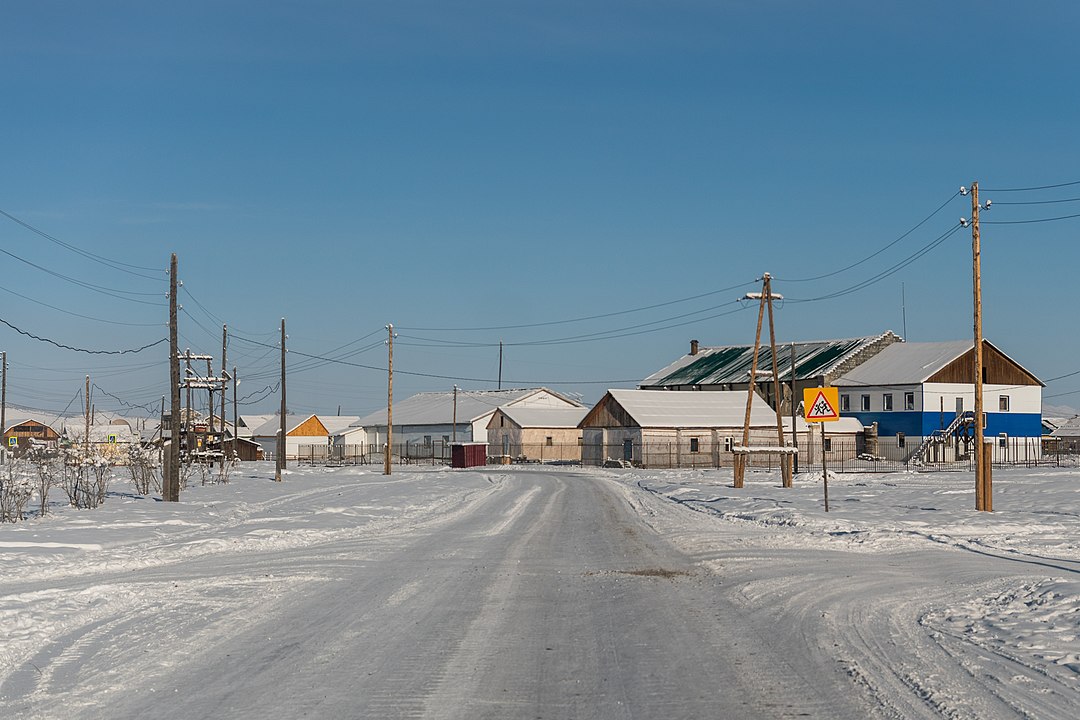
Known as one of the coldest inhabited places on Earth, winter temperatures plunge below −50°F. Fuel gels, steel snaps, and a fog of ice crystals dulls depth perception. Frostbite counts in minutes; any roadside error becomes an emergency without heated shelter. Daily life depends on layered redundancies—block heaters, hand tools that work when batteries won’t, and routes planned around the reliability of stoves. The landscape glitters with moon-bright snow under violet skies, beautiful and utterly unforgiving.
Blue Hole, Dahab, Egypt
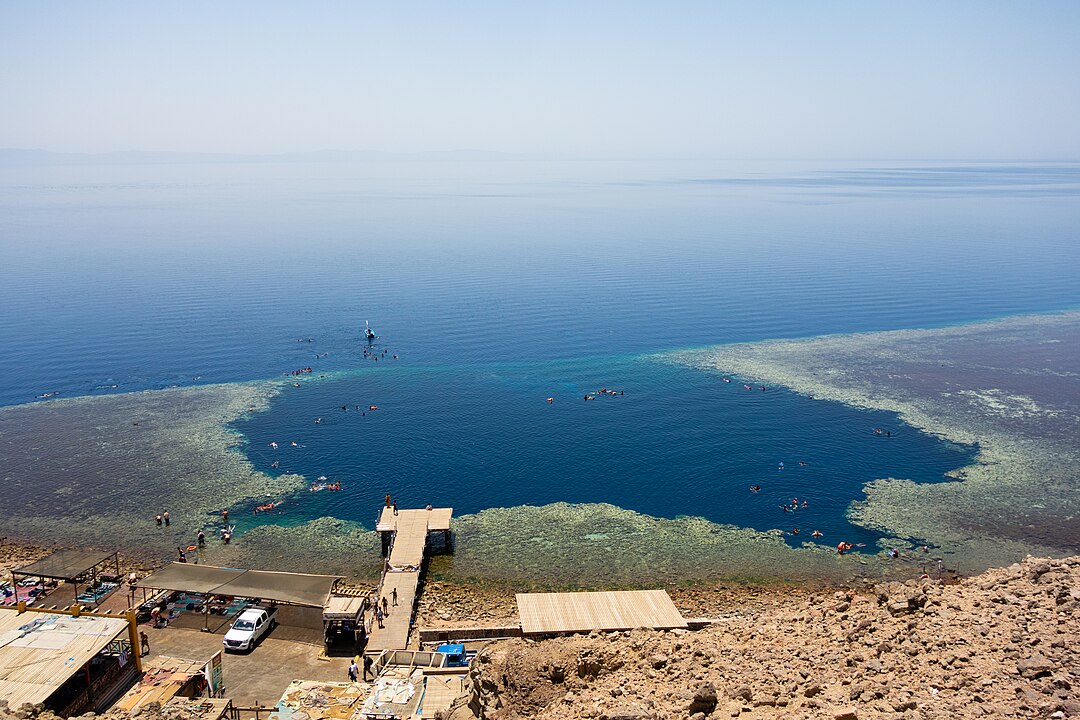
Coral rings a deep sinkhole where a famous arch opens to the Red Sea. The descent is seductive: calm water, sheer walls, and a short swim to open ocean. Depth, nitrogen narcosis, and misread gauges have stacked a grim record among overconfident divers. Currents occasionally twist at the saddle; silt hides lines. Local operators emphasize training, staged depths, and conservative gas plans. The site rewards discipline and punishes bravado, a hard teacher in electric-blue water.
